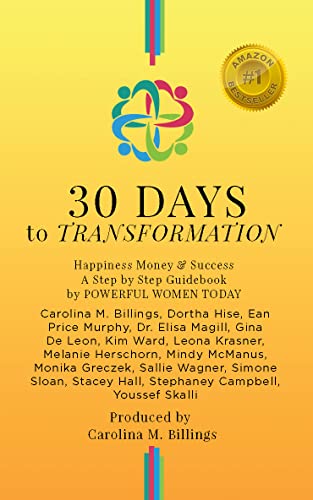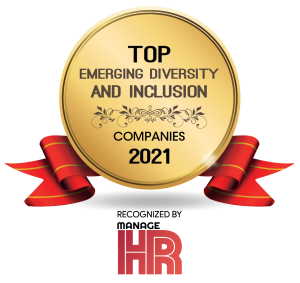
During the pandemic, unprecedented challenges emerged for HR leaders and businesses that required empathy, flexibility, and harnessing the power of unconventional thinking. Hiring, onboarding, and policies surrounding issues like virtual harassment and vaccine mandates have been redefined. Employment laws have been reinterpreted for the virtual workplace, and in addition to complying with existing anti-discrimination laws, employers also must comply with new employment laws and regulations pertaining to a post-COVID safe workplace.
Reimagining the Post-COVID Workplace
We’re now entering a new phase where offices are opening up but aren’t returning to the pre-2020 model. Businesses now have to choose what options work best for them: go fully remote, hybrid, or back to the office full-time.
However, these decisions should be employee-centric and data driven. And we should also be mindful that the remote work experience post-COVID will evolve. We must be agile and prepare for newly-emerging challenges and considerations, which we’ll address below.

Reframing our Mindset and Workplace Approach, Post-COVID
Now that returning to the office is becoming an option, some companies are still undecided about how to approach their new normal. Employees’ needs and work styles differ – and companies that offer flexibility are likely to have greater success in positioning themselves at a competitive advantage for recruitment, hiring, and retention. Navigating this next phase requires careful planning of the work environment. We highlight five factors for consideration below:
- Office design – Businesses need to ensure employees can connect safely and seamlessly. How will your office leverage new technologies and set-up workstations and conference rooms for cross-collaboration?
- Collaboration – Managers need an understanding of how team members get their needs met for social connectivity with colleagues. This includes establishing rules of engagement for conflict resolution and identifying what’s needed to improve the employee experience. Employees’ psychological safety greatly impacts their ability to feel their voices are heard. Failing to create a safe space for team members can result in a negative impact on productivity.
- Productivity – Metrics to measure productivity need to be reevaluated. How do we support employees to stay focused? How do we provide them the resources that facilitate individual contributions to bottom line goals and growth? Who, in this environment, feels more or less productive, and how can changes positively impact the employee experience?
- Employee Experience – The many unanticipated pandemic-related issues companies had to deal with negatively impacted employee engagement, but it’s necessary to return to the task of making sure employees feel like part of a team, engaging them through team-building activities. Conduct confidential employee engagement surveys. Establish a process for 1-on-1’s that focuses on the human element. Consider establishing Employee Resource Groups and Diversity Councils if these are not currently offered.
- Team Leadership – Teams need to be supported with leaders who dial-up emotional intelligence, communicate with intent, conduct employee mental health check-ins, and follow-up and close the loop on concerns. Along the way, leaders should provide coaching on leadership skills and inclusive behaviors. They should also measure the effectiveness of results in order to refine processes and procedures.
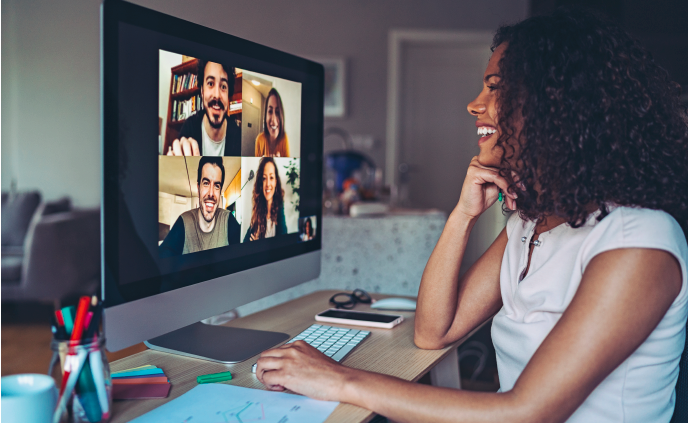
Work-Life Integration and The Challenges of a Virtual Workforce
The nature of work shifted with COVID. It was no longer a matter of work-life balance, but of work-life integration. We’ve met colleagues’ children, partners, and pets.
This hyper-casual work environment has caused some employees to let their guard down or let their judgment lapse. They’re no longer transitioning to a business or professional mindset as they take the train and ride the elevator to the office. Now they’re often just Zooming in to work from their bedroom. This has led to the occurrence of some peculiar and inappropriate events, such as a male employee showing up shirtless to a meeting with his co-workers.
The casual attitude that often arises from working at home can lead to employers, bosses, and managers taking certain inappropriate actions or making crude comments, which can lead to complaints of a virtual “hostile work environment” and lawsuits equivalent to those normally resulting from in-person hostile work situations. As we enter the hybrid workplace it’s important that remote employees be held to the same rules as in-office employees. Racist or sexist comments are just as inappropriate in a Zoom call as in a conference room. If you don’t let employees display a Confederate flag or nude photos at their desk then such displays shouldn’t be allowed as screensavers or virtual backdrops in a remote work meeting.
As a business owner with employees, you’ll need to provide training on what your workplace policies are during this post-COVID period. What types of comments are inappropriate? What kind of screensavers are offensive? What are the policies around backdrops? What’s the dress code for employees who are showing up to work via Zoom, WebEx or Google Hangout? Keep in mind that virtual work environments are held to similar legal standards against discrimination and harassment as physical workspaces.
If employees have complaints about their work environment, they need to feel they can speak out freely. Managers need to realize that no matter how casual the environment feels, if they are in a Zoom room and on the clock then they are representing the company and its employees. It’s important to think through what’s happening virtually and to ensure employees can voice their concerns safely when offended, as there are federal, state and municipal employment laws requiring employers to provide mechanisms for employees to voice complaints of harassment, discrimination, or safety violations. An employment law attorney and an experienced HR leader, especially one who specializes in Diversity and Inclusion, can help companies successfully create a work environment that fosters productivity and inclusivity while further complying with employment and labor law mandates.
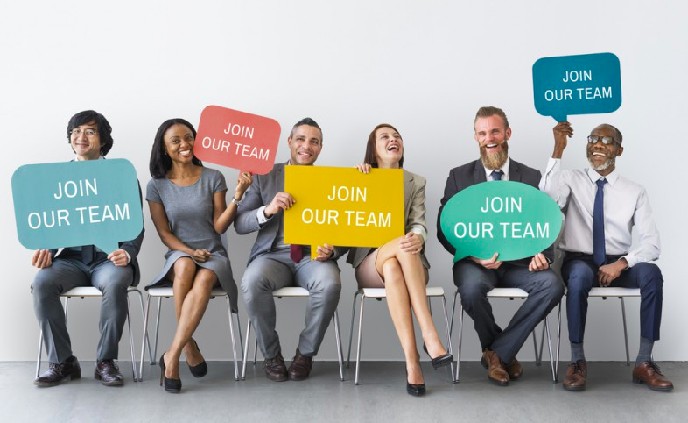
Onboarding Can Acclimate Hires to a New Workplace Mode
The onboarding process for most companies also changed significantly in 2020. Pre-COVID, businesses might spend a week acclimating new hires to their hiring manager and work environment, helping them to socialize and integrate into the organization. In the virtual environment, new hires often need more guidance and support to feel part of the team. In a poll that we conducted, we found that 77% of HR professionals (sample size of 174) weren’t obtaining feedback during the onboarding process. That’s a huge missed opportunity to cultivate a positive employee experience.
We recommend a more intentional approach. For example, one technology company collected employee feedback during the onboarding process. Analyzing that data allowed them to identify gaps to fill. As a result, they implemented changes such as extending the onboarding duration to six months. This led to a more positive experience that gave employees a feeling of having a voice and a role in improving the onboarding process, which led to increased employee engagement.
New hires wonder, how will I fit in? How do I add value? How will I be included? How do I advocate for me, myself, and my team in this world? Answering those questions takes intentionality. Decide which team members are going to be involved, the frequency of touch points or check-ins, the cadence of communication, and how to ensure that everyone is still aligned and connected with the organization and with their teams.
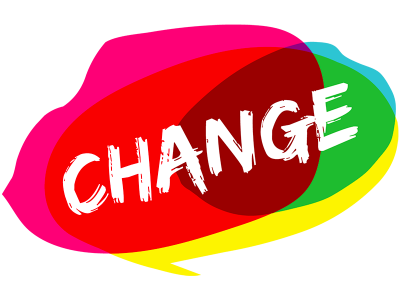
Change is Opportunity if You Ask the Right Questions
The hybrid office is new for most of us, and raises many questions. What will this office model look like going forward? Will the new workplace procedures be sustainable for your employees and your teams? How can businesses and management create flexibility around life/work boundaries and factor in workstyle and diversity? Do the criteria we’ve used for success and productivity in the pre-COVID workplace need to be reevaluated? These are the questions we need to ask and answer as we move forward to a rapidly evolving workplace.
The Workplace is Changing Fast, and We’re Here to Help
The post-COVID workforce continues to evolve in ways that will lead to different – and perhaps better – ways of working and of managing employees. But new developments always require an adjustment period, and that will include mistakes and missteps. When you need clarity and guidance, Simone Sloan and Eric Sarver are available for consultations to help you through these times.
If you’re an executive or a manager ready to learn how to be a more effective leader and create a more inclusive work environment to get the most growth, buy-in, and productivity from your employees, Your Choice Coach, headed by executive strategist and DEI consultant Simone Sloan, trains on effective leadership skills. Your Choice Coach has 15 years of leadership development and DEI experience, with certifications in DEI, cultural competency, and emotional intelligence.
In addition, if you’re a business owner or a manager who is perplexed by the maze of federal, state and local labor and employment laws that govern you as an employer in an evolving post-COVID workforce, Eric M. Sarver, Esq. can help you and your company. As Founder and Principal Attorney of The Law Offices of Eric M. Sarver, Eric has more than 22 years of experience in employment law and business law, and can help your company to reduce your risk of liability, stave off government fines and penalties, and proactively diffuse negative press or exposure that could follow from labor violations of breaches of employment law that become newsworthy.


